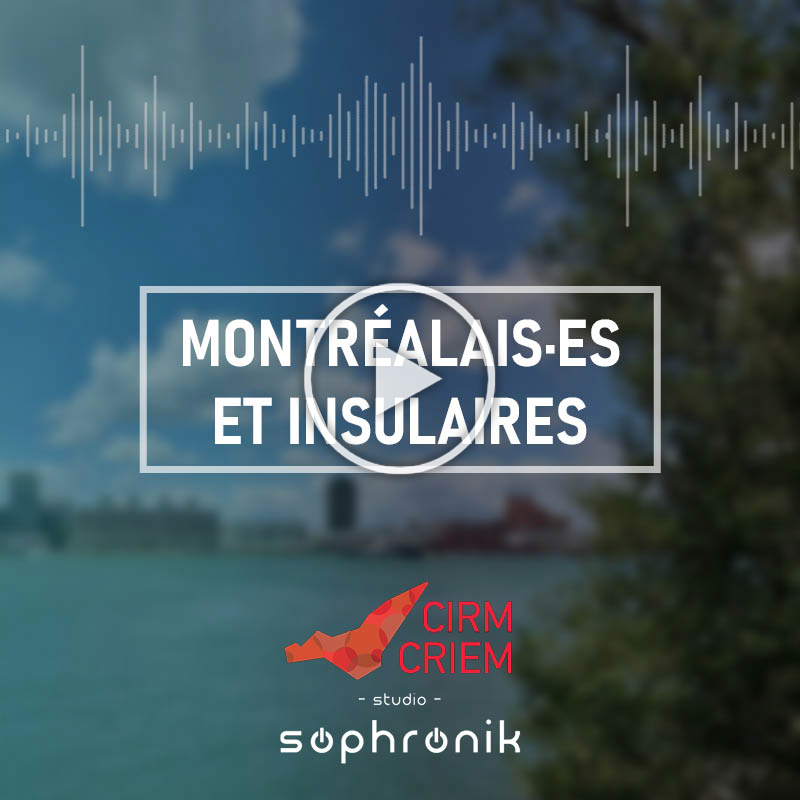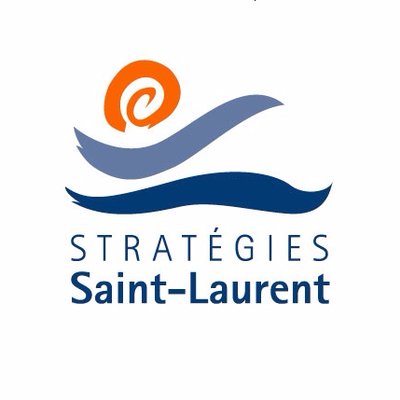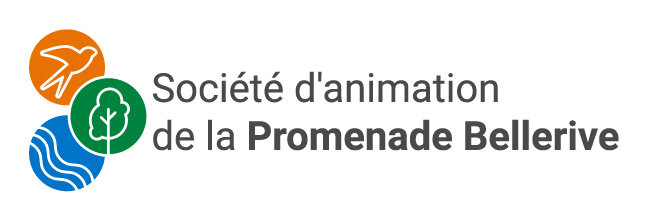Are Montréalers islanders who are ignoring their geography? By travelling on paved roads from north to south and climbing the skyscrapers of downtown, it is easy for the inhabitants of the metropolis to forget that, by travelling only a few kilometres, they can enjoy the sights and smells of a majestic river. With a history that is as rich as its ecosystem, the river presents several issues that are as ramified and complex as its waterway
The Centre for Interdisciplinary Research on Montréal (CIRM) is inviting the research community, actors from the maritime sector, and citizens to meet on the shores of the St. Lawrence during three conference-experiences. These thematic meetings combine field visits with interdisciplinary and multisectorial discussions to collectively reflect on the fluvial issues of the city.
This series of conference-experiences forms a part of the Semaine du Saint-Laurent programming, which is organized by Stratégies Saint-Laurent.
Now available as podcast episodes
on Spotify, Apple Podcasts, and more!
Season 1
For its first season, the series tackled issues related to biodiversity, maritime transport, and shoreline accessibility. Because of public health guidelines, it was held without an audience; it will be the subject of a digital publication and audio recording.
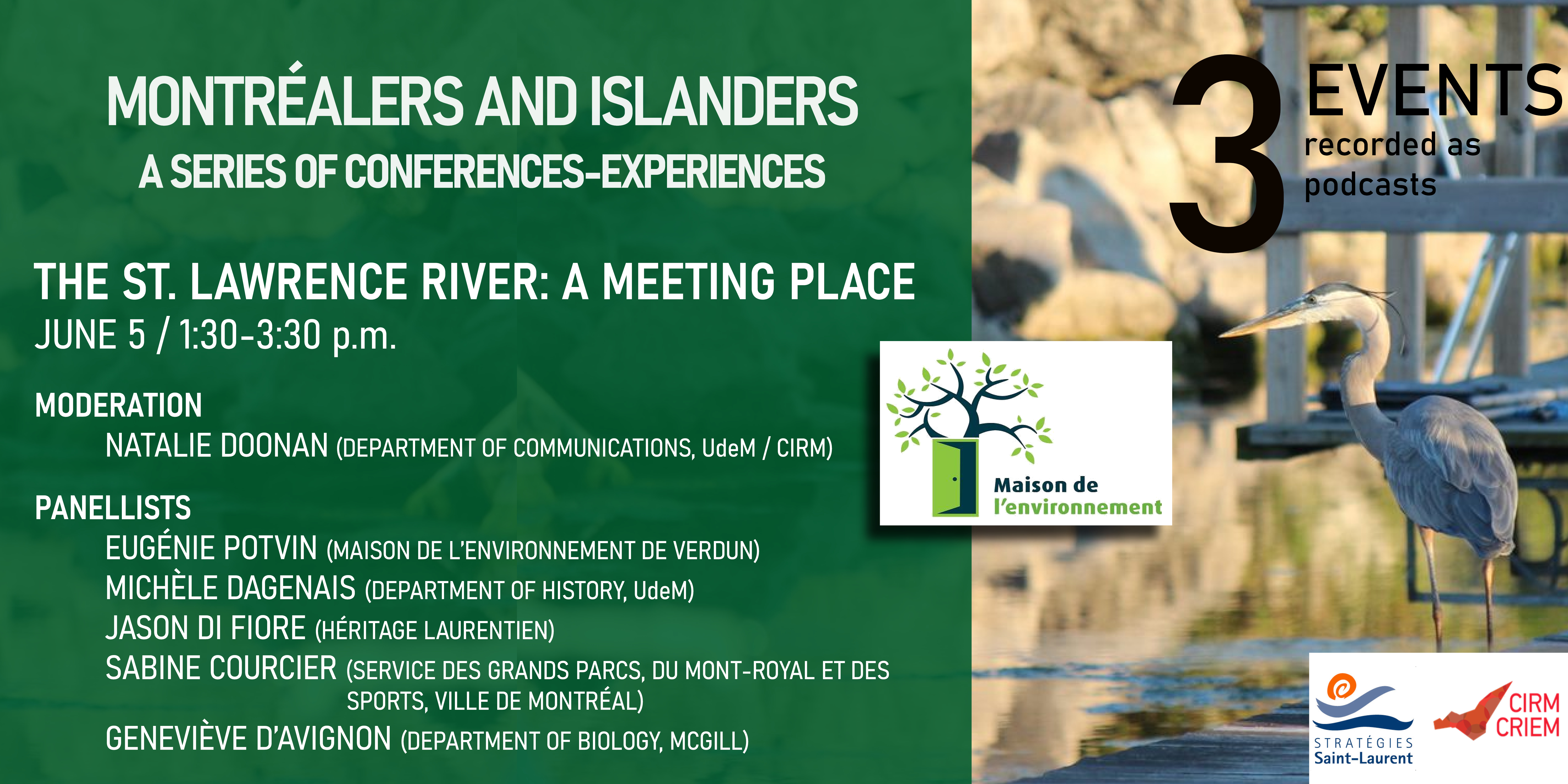 01.01. The St. Lawrence River: A Meeting Place
01.01. The St. Lawrence River: A Meeting Place
June 5, 2021 | Verdun
Dominated by skyscrapers and concrete roads, Montréal is rarely construed by its citizen as a natural environment. However, the COVID-19 pandemic and its different confinements have increasingly made it possible for Montrealers to observe the presence of wildlife in the city – geese, wild turkey, coyotes, deer, birds of prey, etc. – and to recognize the fragility of Montréal’s ecosystem and of the relationships between humans and nature, both wild and otherwise. The environmental crises that our planet is confronted with require the development of better modes of interspecies communication and cohabitation. What better place to engage in an interdisciplinary discussion on biodiversity and ecological equilibrium with Montrealers than on the shores of the St. Lawrence? Meeting places and sites for intercultural exchanges – with their boardwalks, beaches, and park –, the shores of Montréal and the waters of its river also act as a site for interspecies exchanges. While humans use the St. Lawrence as a transit route for trade and, in some cases, to manage sewage, the river also acts as a source of food and refuge, a breeding ground and a place for migrations.
Panelists
Scientific Director
- Natalie Doonan (Associate Professor, Communications Department, Université de Montréal / CIRM)
Guests
- Eugénie Potvin (Coordinator, Maison de l'environnement de Verdun)
- Michèle Dagenais (Full Professor, Department of History, Université de Montréal)
- Sabine Courcier (Planning Consultant, Service des grands parcs, du Mont-Royal et des sports, Ville de Montréal)
- Geneviève D'Avignon (PhD student, Department of Biology, McGill U.)
CIRM is grateful to the Maison de l'environnement de Verdun for its collaboration in presenting this event. This organization manages the Éco-quartier program in Verdun. It offers a front-line service for citizens and ICIs to guide them towards better environmental practices.
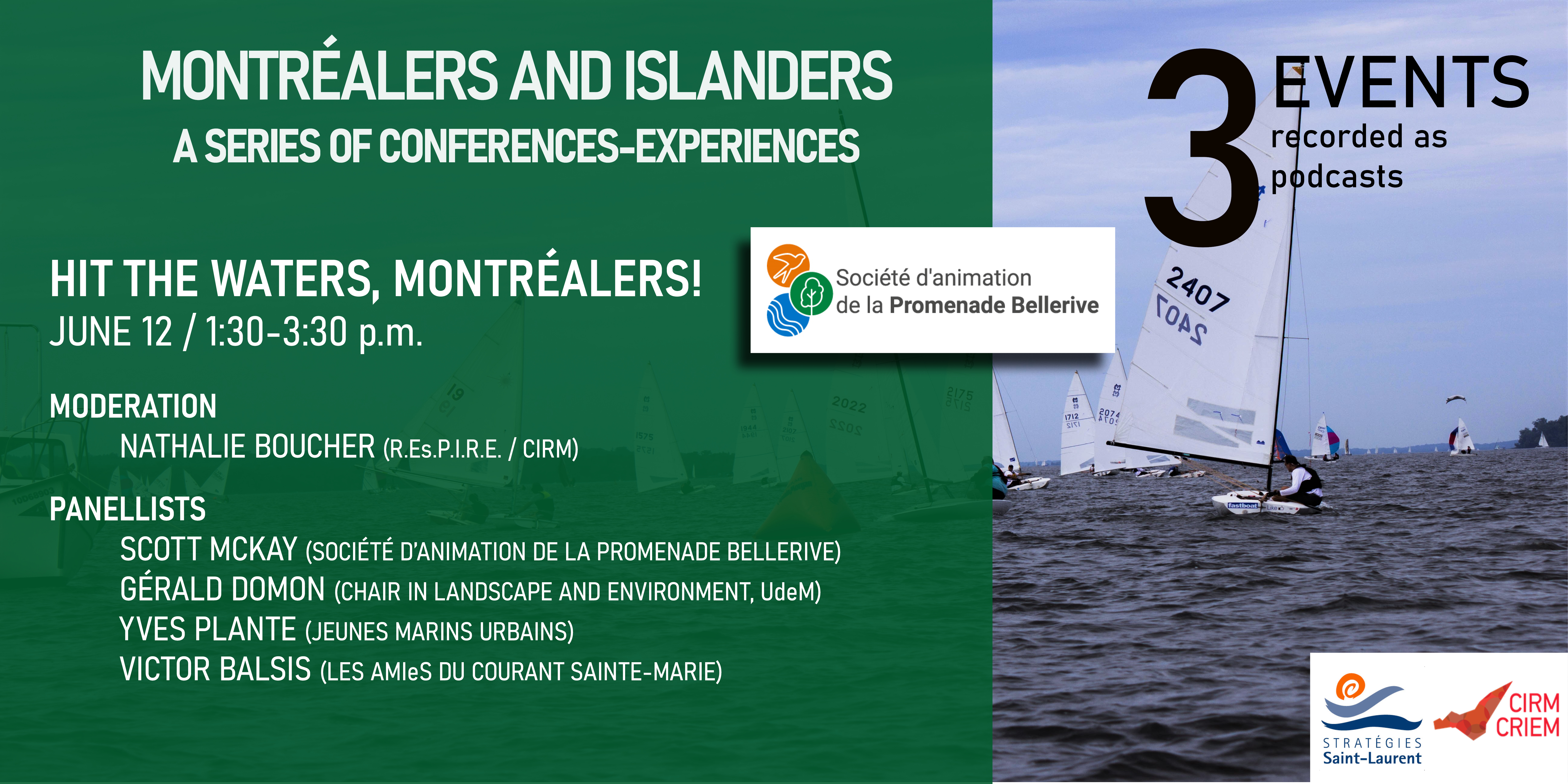 01.02. Hit the Waters, Montréalers!
01.02. Hit the Waters, Montréalers!
June 12, 2021 | Mercier-Hochelaga-Maisonneuve
The access to water in Montréal is often in the news due to citizen advocacy (Grand Splash de Montréal Baignade), political projects and public events. Recent projects, like the access to the Bellerive shoreline, and achievements (Verdun beach, downtown/Pointe-aux-Trembles shuttle, East beach, etc.) punctually demonstrate the interest of citizens toward this issue. If the water surrounding Montréal sometimes intrudes into the public urban domain, through flooding or the surfacing of streams, there is no doubt that Montrealers are cut off, both symbolically and physically, from their shores for recreation. However, this issue always presents itself as unique and uniform to the entire island. The event Hit the Waters, Montrealers! highlights the multiplicity of possibilities for the island of Montréal and is an opportunity to reflect on access to water in the plural. On the one hand, the island of Montréal is comprised of urban grids, historical and contemporary water practices, and different needs in terms of access to water for its fauna and flora. From the island’s shores to the city center, East to West, and North to South, local cultures and environments have distinct constraints and assets that can be unequal. On the other hand, the water surrounding Montréal takes on diverse forms and offers experiences that are either unknown or already overexploited. Despite its variable characteristics, water remains an important connector between the West and the East, between Montréal and its greater region, and between the urban side of the archipelago and its nature.
Thinking not in terms of one access to water, but of several accesses to Montreal's waters can be put in these terms: Should we and can we diversify accesses to Montréal's waters? If so, how should these accesses be? How can we promote diversified accesses to water without neglecting its connectivity? How do recent and past projects compel us to do better? How can we take action and appropriate the waters around Montréal in diverse and specific manners?
Panelists
Scientific Director
- Nathalie Boucher (Director, R.Es.P.I.R.E. / CIRM)
Guests
- Scott McKay (President, Société d’animation de la Promenade Bellerive)
- Gérald Domon (Director, Chair in Landscape and Environment, Université de Montréal)
- Yves Plante (Director, Jeunes marins urbains)
- Victor Balsis (President, Les AmiEs du Courant Sainte-Marie)
CIRM is grateful to the Société d’animation de la Promenade Bellerive for its collaboration in presenting this event. The mission of this organization is to maintain and develop a window on the river through the implementation of sports, outdoor, leisure, cultural and recreational-tourism activities.
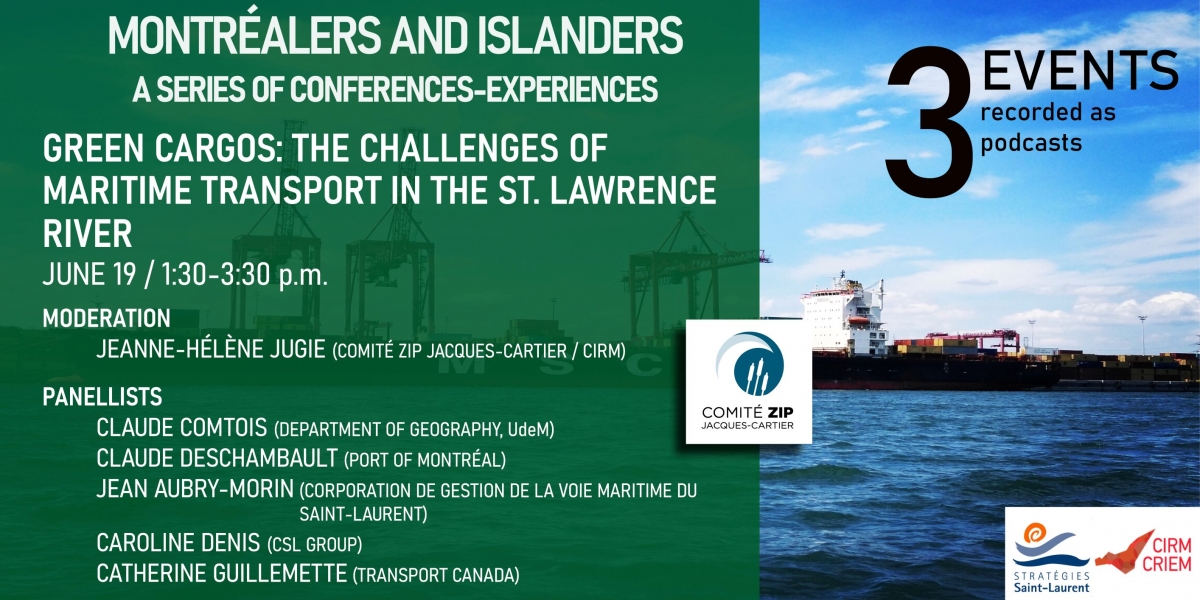 01.03. Green Cargos: The Challenges of Maritime Transport in the St. Lawrence River
01.03. Green Cargos: The Challenges of Maritime Transport in the St. Lawrence River
June 19, 2021 | East End of Montréal
The St. Lawrence River is one of the major facilitators of economic activity in Montréal.
In view of the current challenges of redefining the economy, both globally and locally, in a context exacerbated by the health crisis, Quebec is launching a green economy plan for 2030. The transportation sector is particularly targeted by this policy, and we know the importance of the Port of Montréal in maritime transportation for all Eastern Canada and the American Midwest. That being said, the transit of large tonnages of goods through Montréal also has a major environmental impact on our territory.
Thus, is maritime transport, usually described as green, as ecological and sustainable as it is made out to be when these environmental impacts are taken into account? What efforts have been made by the port, its logistics partners, and local institutions to minimize not only GHG emissions, but also damage to biodiversity in the wetlands and waterways of the St. Lawrence River in the Montréal region? How can we better assess the impacts of maritime transportation on local and regional river spaces? How can civil society, communities, and the inhabitants of the island of Montréal accompany, guide, enhance, and complete these projects and actions?
Panelists
Scientific Director
- Jeanne-Hélène Jugie (Water Issues Facilitator, Comité ZIP Jacques-Cartier / Associate Member, CIRM)
Guests
- Claude Comtois (Full Professor, Department of Geography, Université de Montréal)
- Claude Deschambault (Director of Environmental Services, Montreal Port Authority)
- Jean Aubry-Morin (Vice President, External Relations, SLSMC Management)
- Caroline Denis (Environmental Programmes Manager, CSL Group)
- Catherine Guillemette (Senior Environmental Advisor, Environmental Management Branch, Transport Canada)
CIRM would like to thank the Comité ZIP Jacques-Cartier for its collaboration in presenting this event. This non-profit organization's mission is to put into action its expertise as a facilitator, its knowledge and its network of partners to promote the harmonious cohabitation of human activities that affect the health of the aquatic and riparian ecosystems of the Montréal archipelago.
Season 2
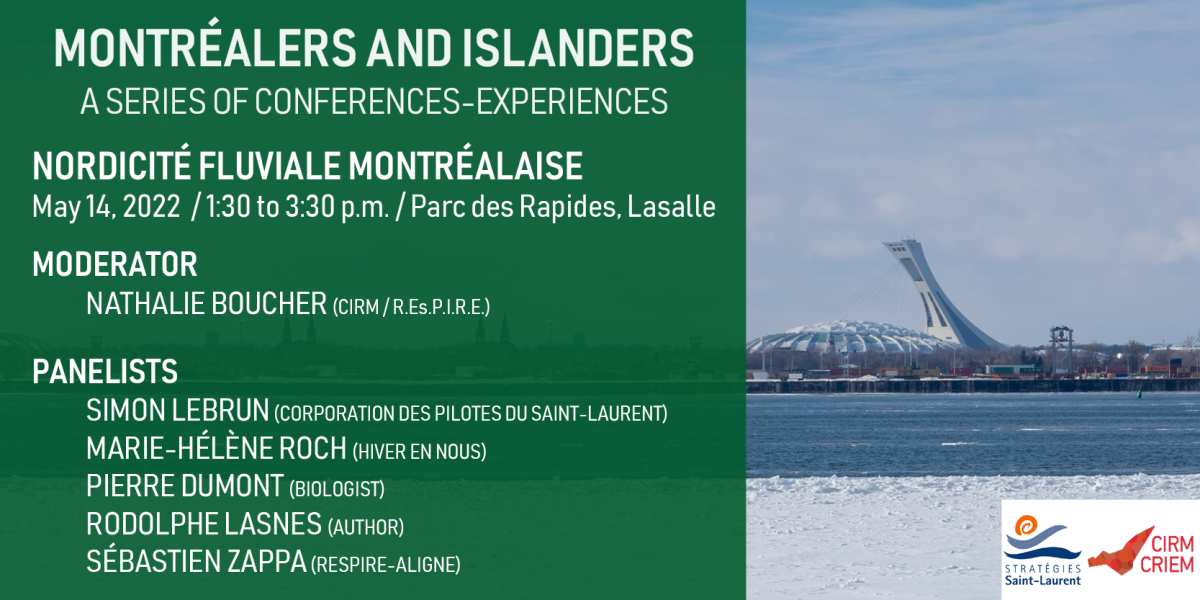 02.01. Nordicité fluviale montréalaise
02.01. Nordicité fluviale montréalaise
May 14, 2022 | LaSalle
How is the St. Lawrence River experienced, from Montréal, in the winter? What perceptions do Montréalers have of this large waterway during the coldest season? While there appears to be numerous obstacles to accessing and using the river for urban residents in the summer, how is it when the shores are covered in ice, snow, and frost?
Nordicité fluviale montréalaise, the first event of the second season, addresses the river from the point of view of Montréal’s nordicity. While touring LaSalle, guests will discuss the openness of Montréal towards the river in the winter, the current or potential practices and knowledge, as well as resources and inspirations from near and far that can be exploited to (re)claim this large frozen body.
This event builds on reflections that began during Hit the Waters, Montréalers!
Panelists
Scientific Director
- Nathalie Boucher (Associate Member, CIRM / Director, R.Es.P.I.R.E)
Guests
- Simon Lebrun (Captain / Member, Corporation des Pilotes du Saint-Laurent)
- Marie-Hélène Roch (Hiver en nous)
- Pierre Dumont (Biologist)
- Rodolphe Lasnes (Author of J’habite une île, Leméac)
- Sébastien Zappa (Wim Hof Method Certified Instructor, Respire-Aligne)
CIRM would like to thank Stratégies Saint-Laurent for its collaboration in presenting this event.
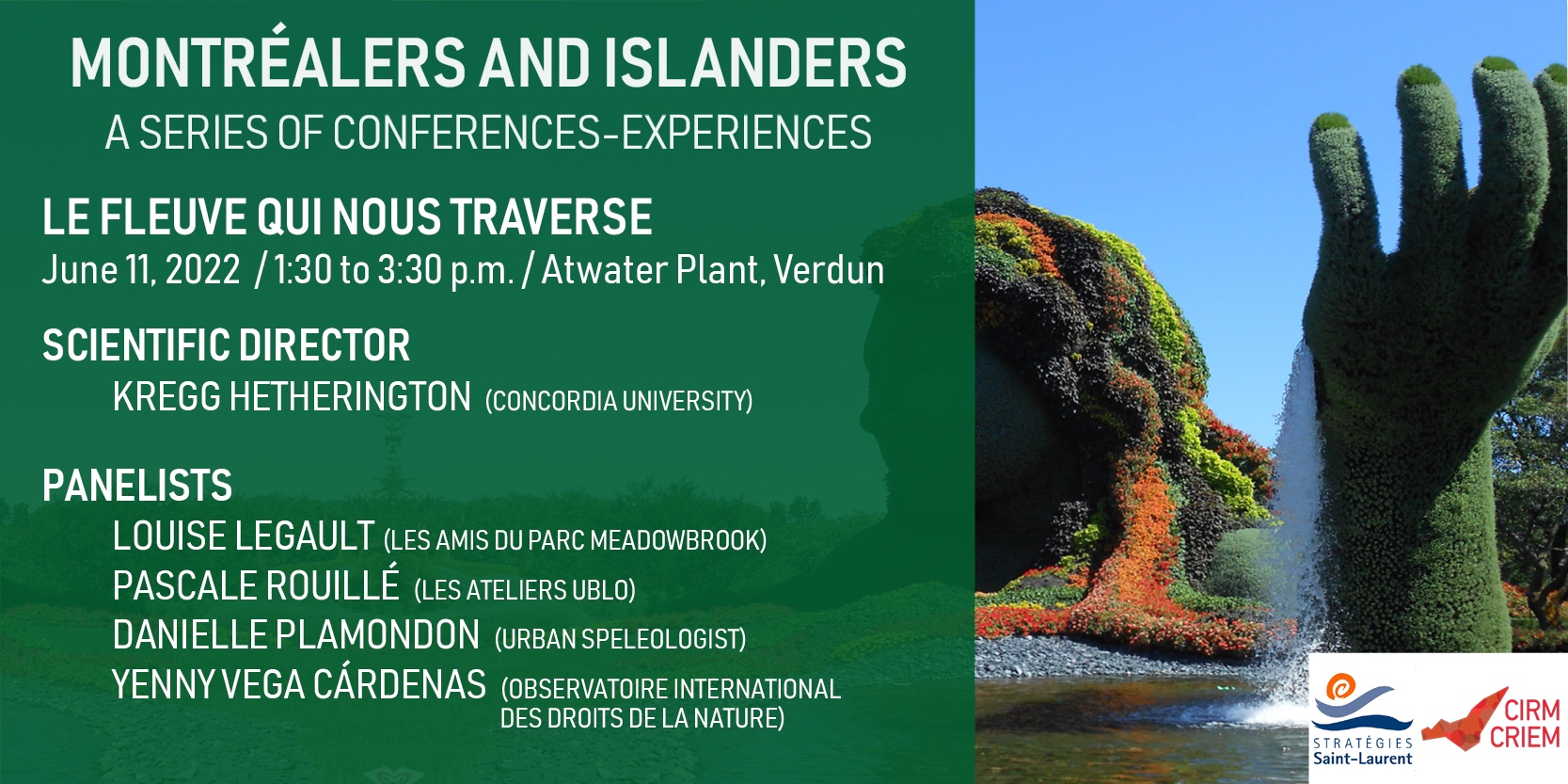 02.02. Le fleuve qui nous traverse
02.02. Le fleuve qui nous traverse
June 11, 2022 | Verdun
Located in the heart of an archipelago of more than 300 islands, Montréal is part of a vast hydrographic network of which the St. Lawrence River is one of the main waterways. However, Montréal is not only bordered by the St. Lawrence and its confluences, but also by its tributaries.
The activity Le fleuve qui nous traverse invites us not to turn our gaze towards the fluvial horizon, but to consider the various waterways that used to run through the island’s underground passages and still do so, whether natural or constructed (think of the city’s aqueduct and interchange networks), and that feed the St. Lawrence.
Panelists
Scientific Director
- Kregg Hetherington (Associate Professor, Department of Sociology and Anthropology, Concordia University)
Guests
- Louise Legault (Spokesperson, Les amis du parc Meadowbrook)
- Pascale Rouillé (Urban Planner and President, Les Ateliers Ublo)
- Danielle Plamondon (Urban Speleologist)
- Yenny Vega Cárdenas (Lawyer and President, Observatoire international des droits de la nature)
CIRM would like to thank Stratégies Saint-Laurent for its collaboration in presenting this event.
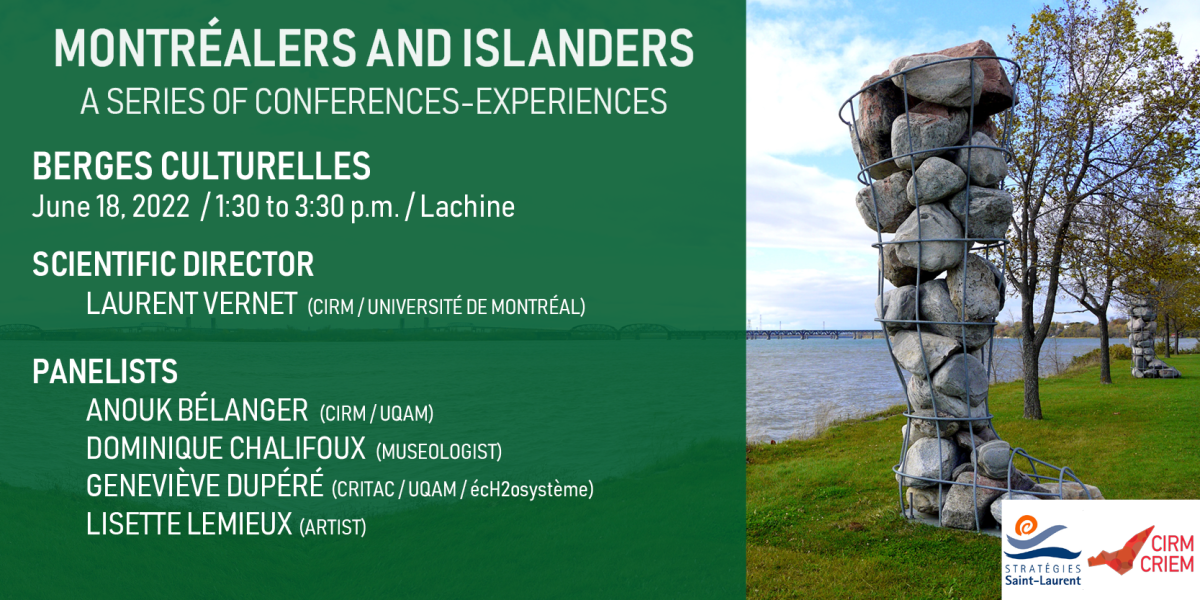 02.03. Berges culturelles
02.03. Berges culturelles
June 18, 2022 | Lachine
To promote the appropriation of riverbanks by locals and tourists, many urban planning projects have focused on arts and culture.
Amongst the many projects that have made use of public artworks, we can think of Estuaire, which runs between Nantes and Saint-Nazaire or, closer to us, at the Samuel-De Champlain boardwalk in Québec City. Based on the case of Montréal and considering culture in a broad sense, this conference-experience will question in what ways arts and culture can or could be a driving force for (re)discovering the St. Lawrence River.
Panelists
Scientific Director
- Laurent Vernet (Associate Member, CIRM; Director, Centre d’exposition de l’Université de Montréal)
Guests
- Anouk Bélanger (Axis director, CIRM; Professor, Department of Social and Public Communication, UQAM)
- Dominique Chalifoux (Museologist and Public Art Specialist)
- Geneviève Dupéré (Researcher at CRITAC and Maritime Designer; PhD Student in Art Studies and Practices, UQAM; écH2osystème)
- Lisette Lemieux (Artist, Regard sur le fleuve)
CIRM would like to thank Stratégies Saint-Laurent for its collaboration in presenting this event.

